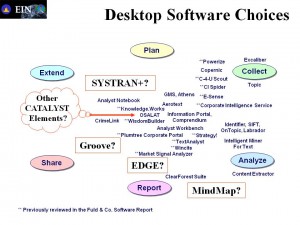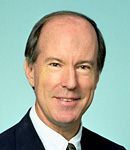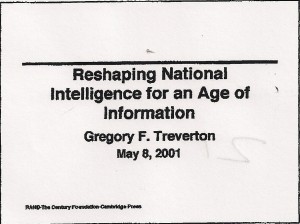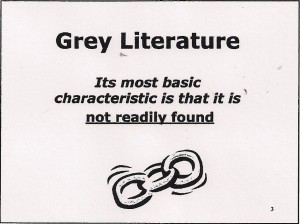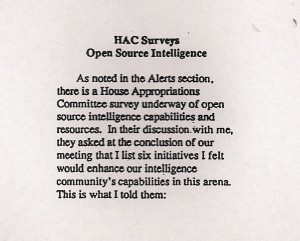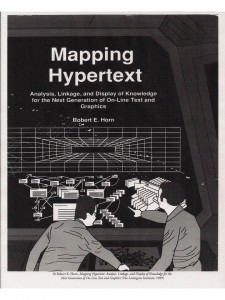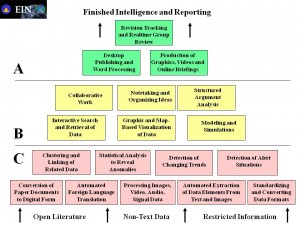
In 1985-1986 an utterly brilliant woman, Diane Webb, working with Dennis McCormich and under the oversight of Gordon Oehler, established the definitive requirements statement for an all-source analytic workstation. We still do not have such a workstation, and the lack of integrity among intelligence community leaders and vendors is the reason. No one is willing to sponsor a generic Free/Open Source Software (F/OSS) solution that can be used by both all-source analysts and all external analysts. DARPA STRONG ANGEL TOOZL is a start, but inadequate to the needs of all-source analysts dealing with multiple complex challenges. Below is the best slide from a presentation to OSS '01 by Claudia Porter from Austin Information Systems, who totally impressed the audience because unlike all other vendors trying desperately to propose “single-point technology solutions” that are nothing more than a deep hook that shuts the customer off from all other solutions, she examined where specific tools fit on a matrix of need. Click on the slide to see the entire briefing. Click on Frog Right to see the list of softwares that the US Special Oprations Command J-23 (Open Source Branch) uses today, none of them integrated because the US Government refuses to cooperate with the OMB/GSA efforts–mandated by the White House–to find “common solutions.” One day, Claudia Porter may get to direct a skunkworks with an anti-turst waiver from the Department of Commerce that achieves what we knew we needed in 1985.
